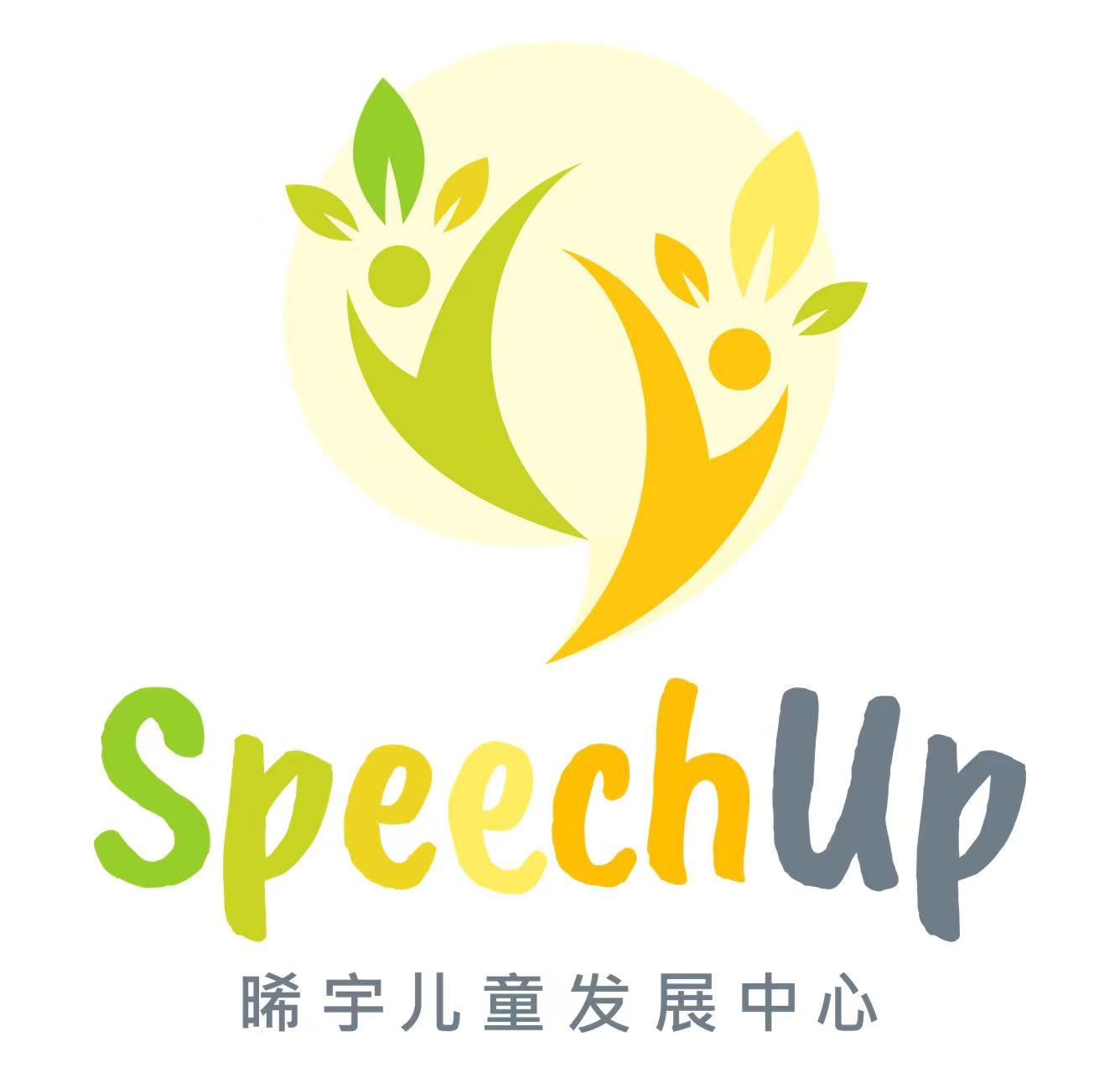What are common speech language difficulties in children?
1.Language Disorder
2.Social Communication Disorder (SCD)
3.Fluency Disorder
4.Selective Mutism (SM)
5.Speech Sound Disorders (SSD)
What is a Language Disorder?
A language disorder is a communication disorder in which a person has significant and persistent difficulties with expressive and/or receptive language, thus affecting their daily life.
It can present itself in both spoken and written forms, as shown below:

What is Social Communication Disorder (SCD)?
Social Communication Disorder (SCD) represents persistent difficulties with the use of language (verbal and nonverbal) for social purposes. The cause of SCD is unknown, but often children with ASD present social communication deficits as well.
What is Fluency Disorder?
Speech fluency refers to continuous, smooth, and regular speech production. A fluency disorder is characterised by disfluencies (e.g., repetition of sounds/syllables/words/phrases, prolongations, blocks), atypical rate and rhythm when speaking.
It is common for preschoolers to develop dysfluency-like traits when their language is drastically developing. Therefore, it requires professional assessment to determine if therapy or intervention is necessary.
What is Selective Mutism (SM)?
Although selective mutism is an anxiety-based disorder, it often originates from a language development difficulty. For instance, children expressing difficulty often find it hard to put their thoughts into words, and therefore encounter frustration or even rejection from others. With time, this frustration can develop into selective mutism, where your child will only communicate in some environments but not in others.
What is Speech Sound Disorder (SSD)?
Speech sound disorder is an umbrella term for any difficulty with perceiving or producing sounds. Speech sound disorder could be related to perception, motor control, or phonological representation of speech sounds and segments.
There are different types of speech sound disorders, as categorized below:

What can SpeechUp offer? How will it work?
Our Speech Therapist will carry out an assessment to investigate the area(s) of concern and evaluate the language ability of a child. A report will be formulated, containing the assessment findings and proposed individualised treatment goals. Treatment sessions are then carried out regularly to work on treatment goals. Short-term goals are reviewed and renewed after a block of treatment sessions, until the child is confident in their speech and language ability.
The duration and freqency of intervention is unique to each child, as it is dependent on the nature and severity of the issue, therefore each child will have an individualised treatment plan. We highly encourage parents to play an active role during the treatment process, to maximise and improve the benefits of treatment.
儿童常见的语言障碍有哪些?
1.语言障碍
2.社交沟通障碍 (SCD)
3.流畅性障碍
4.选择性缄默症 (SM)
5.言语障碍 (SSD)
什么是语言障碍?
语言障碍意味着孩子在表达或接受语言方面存在较大且持续的困难,并对其具有重大的功能性影响。
它可以以口头和书面形式呈现:

什么是社交沟通障碍 (SCD)?
社交沟通障碍 (SCD) 是指难以合适地使用语言(语言和非语言)来达到社交的目的。 SCD 的诱因尚不清楚,但患有 ASD 的儿童均存在社交沟通障碍。
什么是流畅性障碍?
言语流畅度是指持续、流畅和有规律的言语产生。言语流畅性障碍的特征是说话时不流利(例如重复声音/音节/单词/短语、吐字前延时、停顿)、不典型的语速和节奏。口吃是最常见的言语流畅度障碍。
什么是选择性缄默 (SM)?
尽管选择性缄默症是一种基于焦虑的障碍,但它通常源于语言发展的困难。 例如,语言表达困难的孩子很难将自己的想法准确地传达出去,因此会感知到沟通对象的挫败感甚至遭到拒绝(比如草草结束对话、不愿过多交流)。随着时间的推移,这种挫败感会发展为选择性缄默症,您的孩子只会在某些环境中交流,而在其他环境中则不会。 患有选择性缄默症的儿童可能说话很少或根本不会说话。
什么是言语障碍 (SSD)?
言语障碍是所有感知或产生声音的困难的总称。 言语障碍可能与语音及语音片段的感知、肌肉控制或音韵表征等有关。
言语障碍有多种类型,分类如下:

SpeechUp如何帮助我的孩子提高语言能力?
我们的语言治疗师将对关注的方面以及孩子的语言能力进行评估,并出具一份报告,其中包含评估结果和个性化治疗目标。随后与家长共同制定定期治疗课程,以实现治疗目标。在一系列治疗课程之后,治疗师将根据孩子情况更新短期目标,直到孩子的言语和语言能力符合当前年龄段应达到的水平。
干预的持续时间和频率取决于问题的性质和严重程度,每个孩子都有所不同,因此每个孩子都会得到个性化的治疗计划。我们强烈鼓励父母在治疗过程中积极参与、学习,以最大限度地提高并泛化治疗效果。

Copyright © 2023 www.speechup.cn 沪ICP备2021000671号-3
